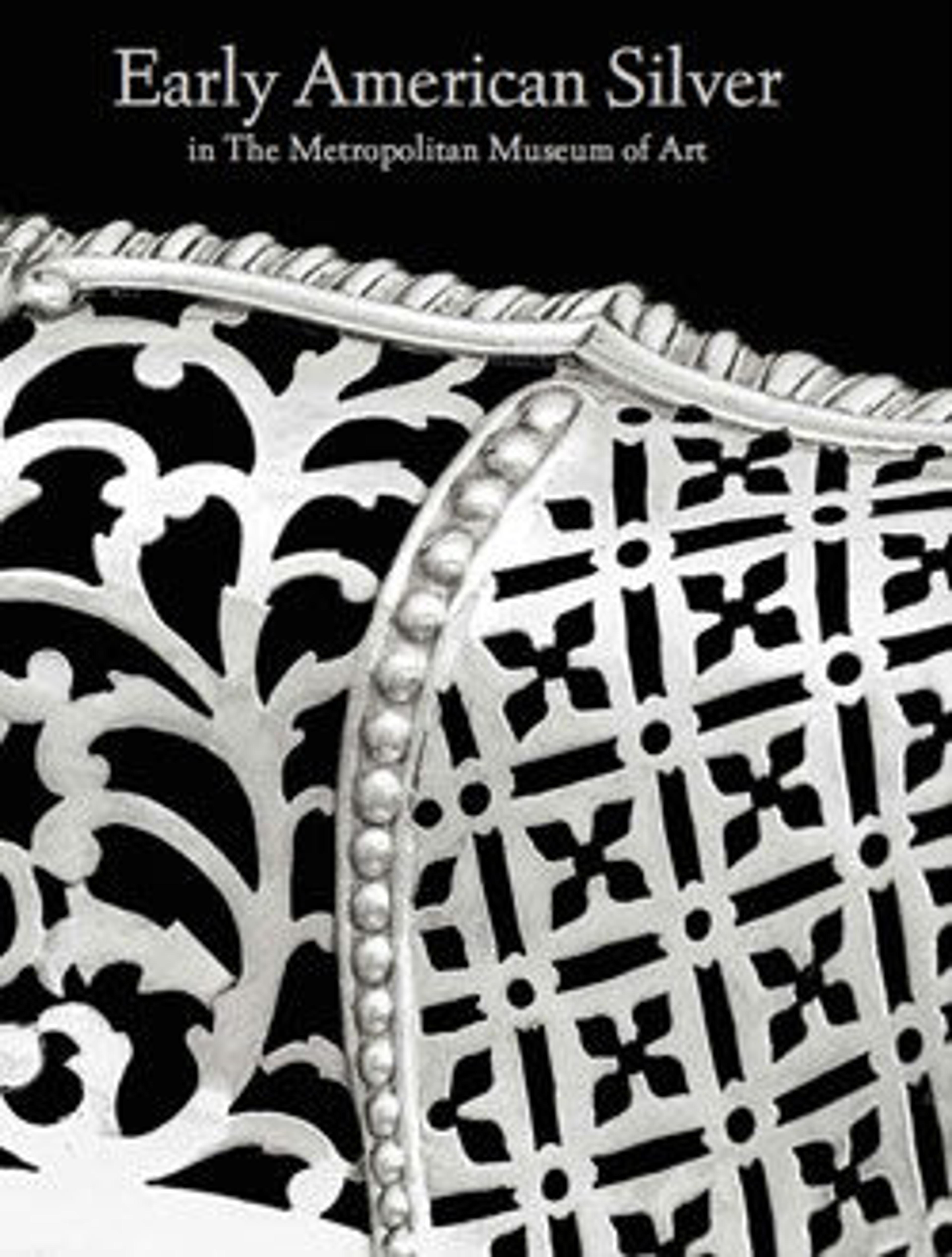Beaker
Tall, tapered beakers were used domestically in the Netherlands prior to the Reformation and later as church silver as well. This practice carried over to colonial New York, where beakers of this type, engraved with figures representing hope, faith, and charity, were used as communion vessels in Dutch Reformed churches. Interlaced strapwork and foliate ornament are characteristic of both Dutch and American examples. This beaker was made by Benjamin Wynkoop in 1711 to match an earlier one made by Jurian Blanck, Jr. around 1683 (33.120.621). Both beakers are engraved around their rims with a Dutch inscription that translates, "Given as a token of devotion and loyalty to the Church in Kingston."
Artwork Details
- Title: Beaker
- Maker: Benjamin Wynkoop (baptized 1675–1751)
- Date: 1711
- Geography: Made in New York, New York, United States
- Culture: American
- Medium: Silver
- Dimensions: Overall: H. 7 1/4 in. (18.4 cm); 11 oz. 16 dwt. (367.5 g)
Lip: Diam. 4 1/2 in. (11.4 cm)
Base: Diam. 3 7/16 in. (8.7 cm) - Credit Line: Jointly owned by The Metropolitan Museum of Art and The Reformed Protestant Dutch Church, Kingston, N. Y., 1933
- Object Number: 33.120.622
- Curatorial Department: The American Wing
More Artwork
Research Resources
The Met provides unparalleled resources for research and welcomes an international community of students and scholars. The Met's Open Access API is where creators and researchers can connect to the The Met collection. Open Access data and public domain images are available for unrestricted commercial and noncommercial use without permission or fee.
To request images under copyright and other restrictions, please use this Image Request form.
Feedback
We continue to research and examine historical and cultural context for objects in The Met collection. If you have comments or questions about this object record, please contact us using the form below. The Museum looks forward to receiving your comments.
